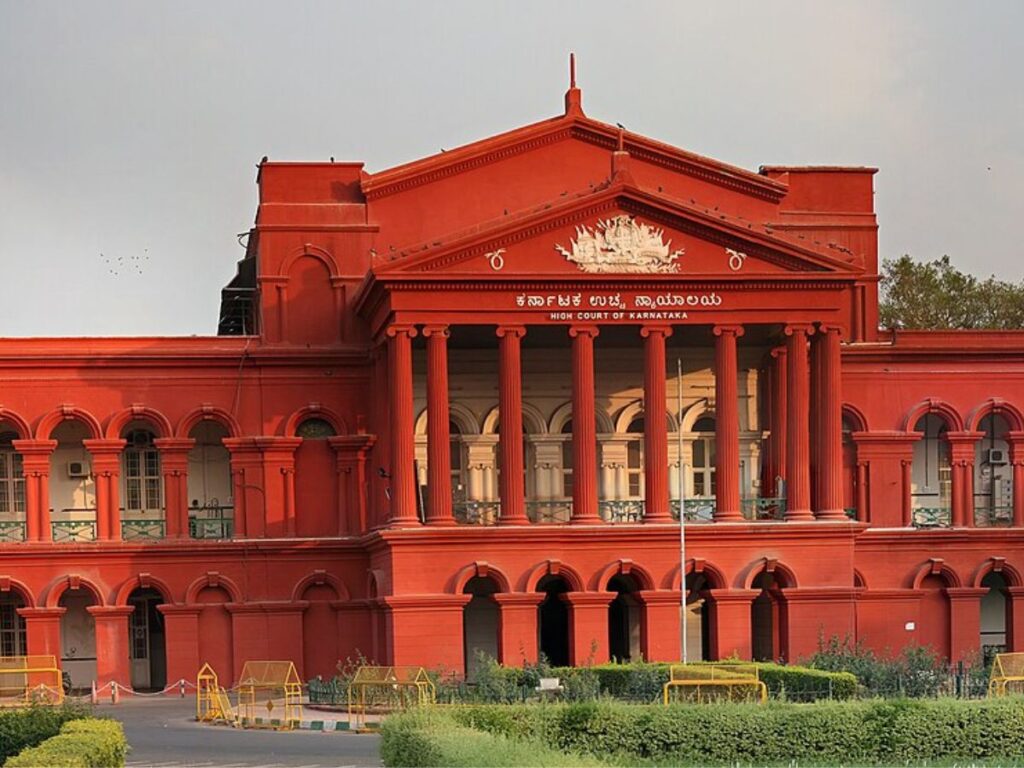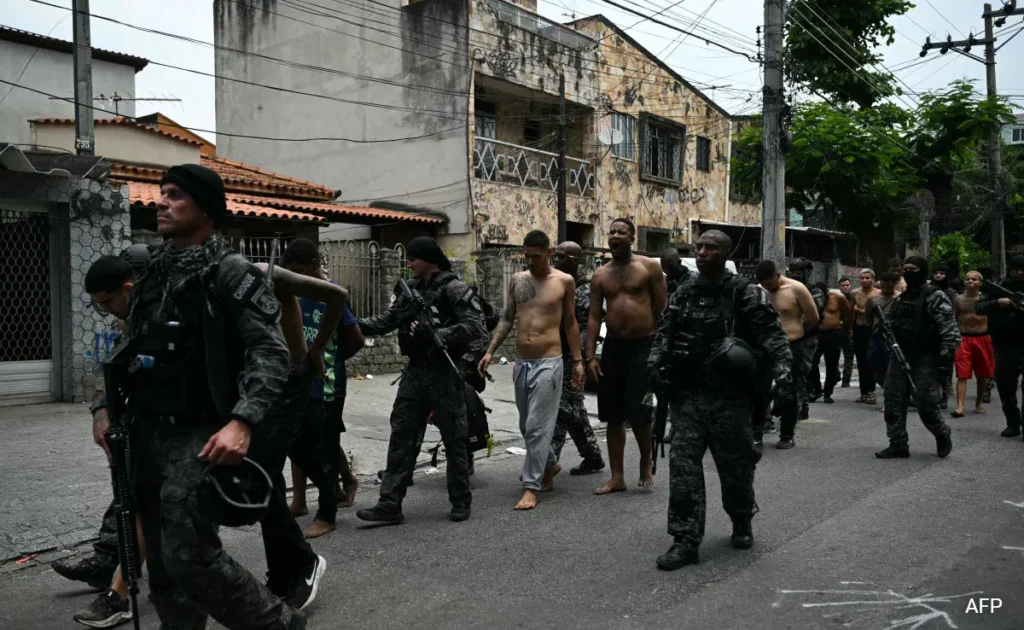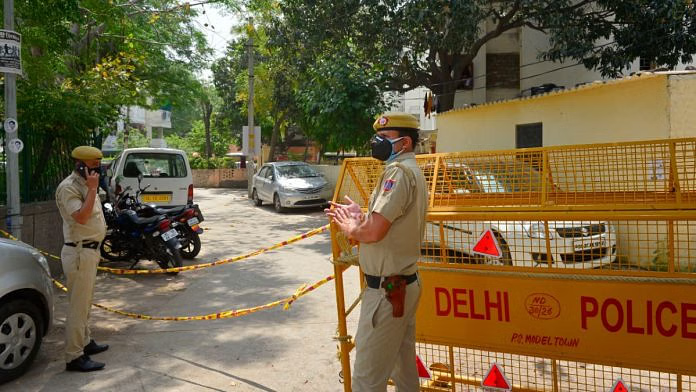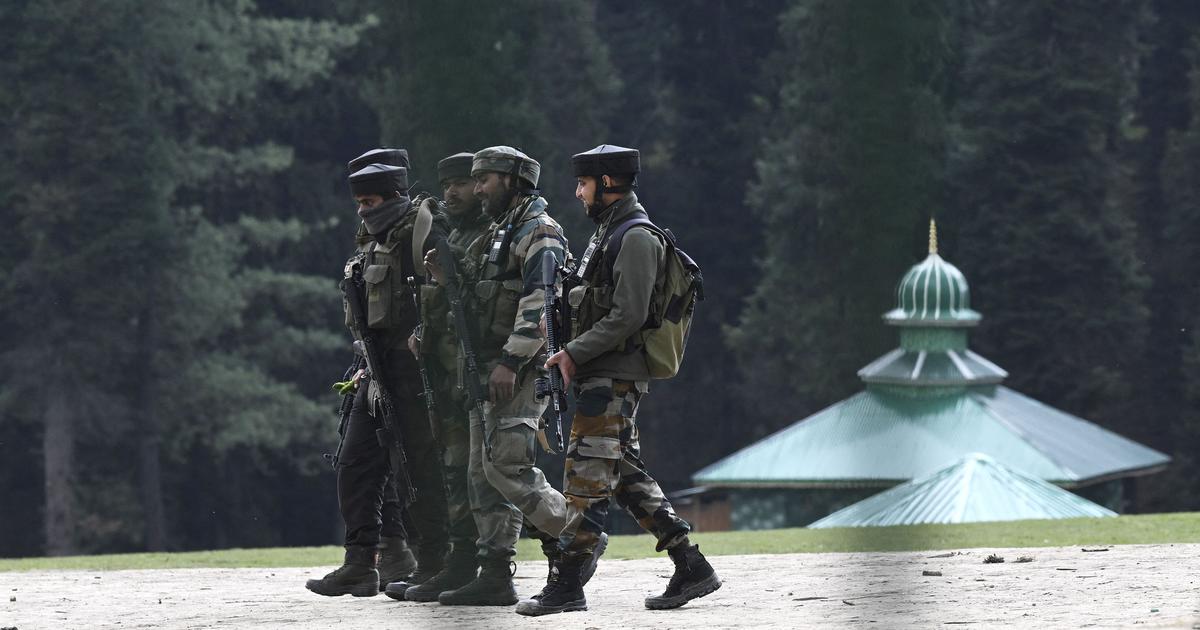Now Reading: Iran’s Khorramshahr-4 Missile in Spotlight Amid Escalating Tensions with Israel and the West
-
01
Iran’s Khorramshahr-4 Missile in Spotlight Amid Escalating Tensions with Israel and the West
Iran’s Khorramshahr-4 Missile in Spotlight Amid Escalating Tensions with Israel and the West

As the Israel-Iran conflict deepens, global attention has turned toward Iran’s powerful ballistic capabilities—particularly the Khorramshahr-4 missile. Designed for long-range strikes, this weapon is being viewed as a key element in Iran’s strategic arsenal. The growing standoff raises new questions about regional security, global diplomacy, and the ripple effects such military advancements could have, including on countries like India that maintain ties with both sides.
What is the Khorramshahr-4?
The Khorramshahr-4 is one of Iran’s most advanced ballistic missiles. With a reported range of over 2,000 kilometers and a high-speed re-entry system, it is capable of striking deep into enemy territory with minimal detection. Unlike its predecessors, the Khorramshahr-4 boasts improved accuracy and mobility, making it a formidable asset in Iran’s defence infrastructure.
Military analysts believe that this missile is designed not just for deterrence but also as a potential counter to foreign military bases in the Middle East.
Why It Matters Now
The recent U.S. airstrikes and Israeli operations targeting Iranian military infrastructure have heightened fears of a direct confrontation. Iran’s showcasing of the Khorramshahr-4 is seen by many as a message to its adversaries—particularly Israel and the United States—that it is prepared for a broader conflict if provoked.
This show of strength may also be aimed at rallying domestic support and reaffirming Iran’s position as a dominant power in the region.
Global Reactions and Risks
The international community has expressed concern over the escalation. While Western nations warn of the dangers of unchecked missile development, countries like Russia and China have maintained a more neutral tone, calling for restraint from all sides.
There is growing unease that the conflict could extend beyond the Middle East, disrupting global trade and energy flows—especially if critical routes like the Strait of Hormuz are threatened.
Impact and Relevance for India
For India, which maintains diplomatic and economic ties with both Iran and Israel, the escalating situation presents a delicate balancing act. Any prolonged conflict could affect India’s oil supply, regional security, and even trade routes through West Asia.
Tier 2 cities like Nagpur, Surat, and Visakhapatnam—home to oil refineries, export hubs, and defence establishments—could indirectly feel the impact through fuel price hikes or supply chain disruptions. Indian defence experts are also closely observing developments to assess regional stability.
Conclusion
Iran’s Khorramshahr-4 missile represents more than just a military advancement—it signals a shift in power dynamics across the Middle East. As Israel and Iran edge closer to open confrontation, the world watches anxiously, hoping diplomacy prevails over escalation. For India and its citizens, especially those in economic and strategic sectors, maintaining neutrality while safeguarding national interests remains the tightrope to walk in these turbulent times.

























